In the face of mounting environmental challenges and rising energy costs, sustainable living has evolved from a trend to a necessity. Though often overlooked, the bathroom, despite its modest size offers surprising opportunities for conservation. From water heaters running overtime to electrical devices plugged in around the clock, our bathroom routines silently consume substantial resources. By tweaking our daily habits, we can shrink both our environmental footprint and monthly bills—a practical approach to sustainability that delivers tangible benefits without major sacrifices.
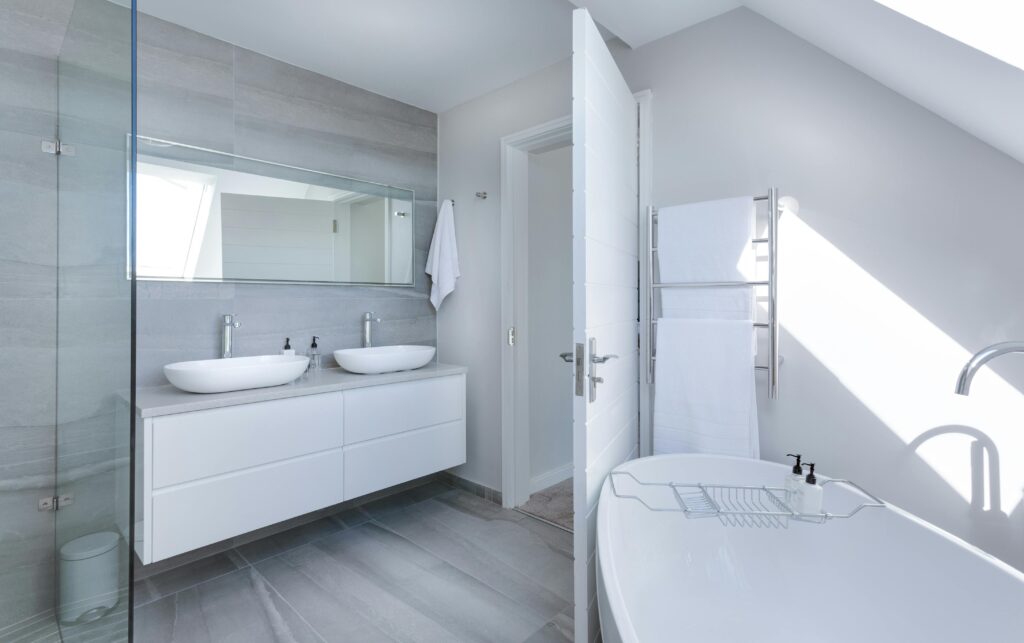
Photo by Jean van der Meulen
Understanding Energy Consumption in the Bathroom
Look around your bathroom and you’ll spot numerous energy-hungry elements: the water heater working overtime, lighting fixtures, perhaps a heated towel rail, and a collection of grooming appliances. Together, these seemingly innocent fixtures can claim a substantial chunk of your household’s energy usage. Those long, steamy showers and lights left burning unnecessarily translate directly into higher utility bills and increased environmental impact.
What’s encouraging is how even modest adjustments to bathroom habits yield meaningful energy savings over time. These small shifts, when practiced day after day, create ripple effects extending far beyond individual homes to contribute to broader environmental conservation efforts.
Smart Strategies for Reducing Energy Use
Efficient Water Heating and Usage
Water heating typically ranks as the second-highest energy expense in most homes, gobbling up roughly 18% of utility bills. To tame this energy drain:
- Keep showers brief—aim for 5-7 minutes
- Switch to low-flow showerheads that maintain satisfying pressure while using significantly less water
- Opt for cooler water when washing hands or face if hot water isn’t essential
Most households find that setting water heaters to 120°F (49°C) strikes the perfect balance—providing ample heat for daily needs while preventing excessive energy waste and reducing scalding risks.
Lighting: Bright Ideas for Savings
Bathroom lighting offers perhaps the simplest path to energy conservation:
- Swap out old incandescent bulbs for LEDs, which consume up to 75% less energy while lasting 25 times longer
- Harness natural light by keeping windows clean and hanging light-colored, washable curtains
- Consider occupancy sensors that automatically shut off lights when you leave the room
The U.S. Department of Energy estimates that lighting accounts for roughly 15% of the average home’s electricity use, making these straightforward changes surprisingly impactful.
Energy-Efficient Grooming Appliances
The personal care devices lining your bathroom counter contribute significantly to energy consumption. Among the biggest culprits, hair dryers stand out for their hefty power requirements and frequent use, drawing between 800-1800 watts during operation. By contrast, electric shavers sip a mere 5-15 watts.
When shopping for new grooming appliances, prioritize:
– Energy-efficient technologies such as brushless motors
– Smart heat control systems that prevent unnecessary power consumption
– Auto-shutoff features that eliminate wasted energy when you forget to unplug
Maintenance and Usage Tips for Lasting Efficiency
Regular maintenance doesn’t just extend the life of your appliances—it ensures they operate at peak efficiency. One family in Portland discovered they could cut their energy consumption by 8% simply by implementing a monthly cleaning routine for their bathroom devices.
Try these practical efficiency-boosting habits:
– Fully unplug devices rather than leaving them in standby mode, eliminating phantom power draw
– Use lower heat or power settings whenever they’ll do the job
– Store appliances properly to prevent damage that could compromise their efficiency
Eco-Friendly Product Choices and Habits
When it’s time to replace bathroom products, look for ENERGY STAR certifications or similar eco-labels indicating superior efficiency. While high-quality, durable appliances might cost more upfront, they typically prove more economical and environmentally responsible than budget alternatives requiring frequent replacement.
Consider incorporating energy-saving habits into your routine: towel-drying your hair before using styling tools, occasionally air-drying completely, or using cooler settings on adjustable devices. These subtle changes can significantly reduce energy consumption without compromising your personal care standards.
Conclusion
Creating a more sustainable bathroom routine doesn’t demand radical lifestyle overhauls. Instead, focus on consistent small adjustments: briefer showers, energy-efficient appliances, regular maintenance, and more mindful usage patterns. Collectively, these modest changes create meaningful impact.
Take a moment today to evaluate your current bathroom habits and commit to implementing just one sustainable change this week. Remember that small steps, taken consistently, lead to significant progress in reducing energy consumption and building a more sustainable home environment.

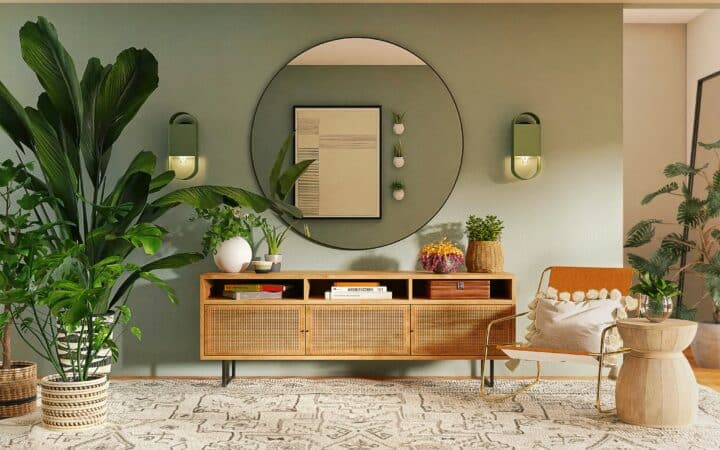

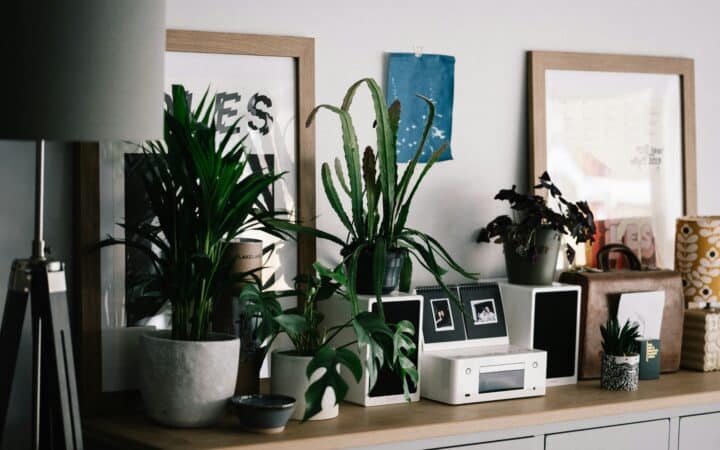

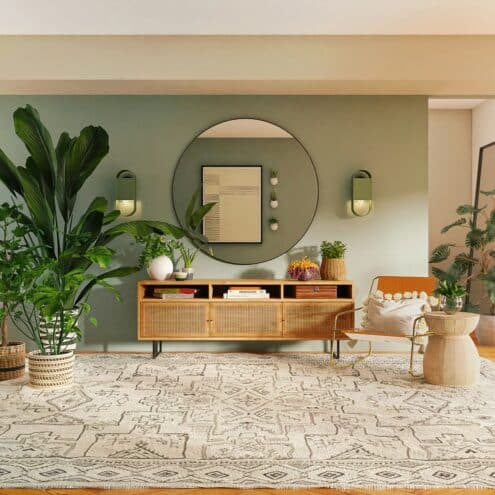



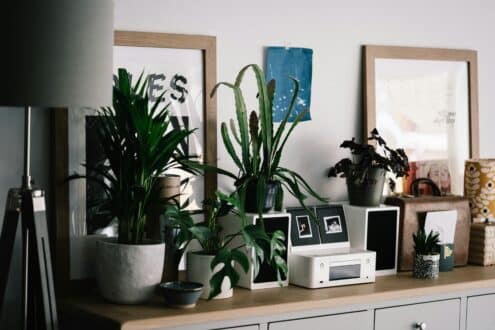

Leave a Reply